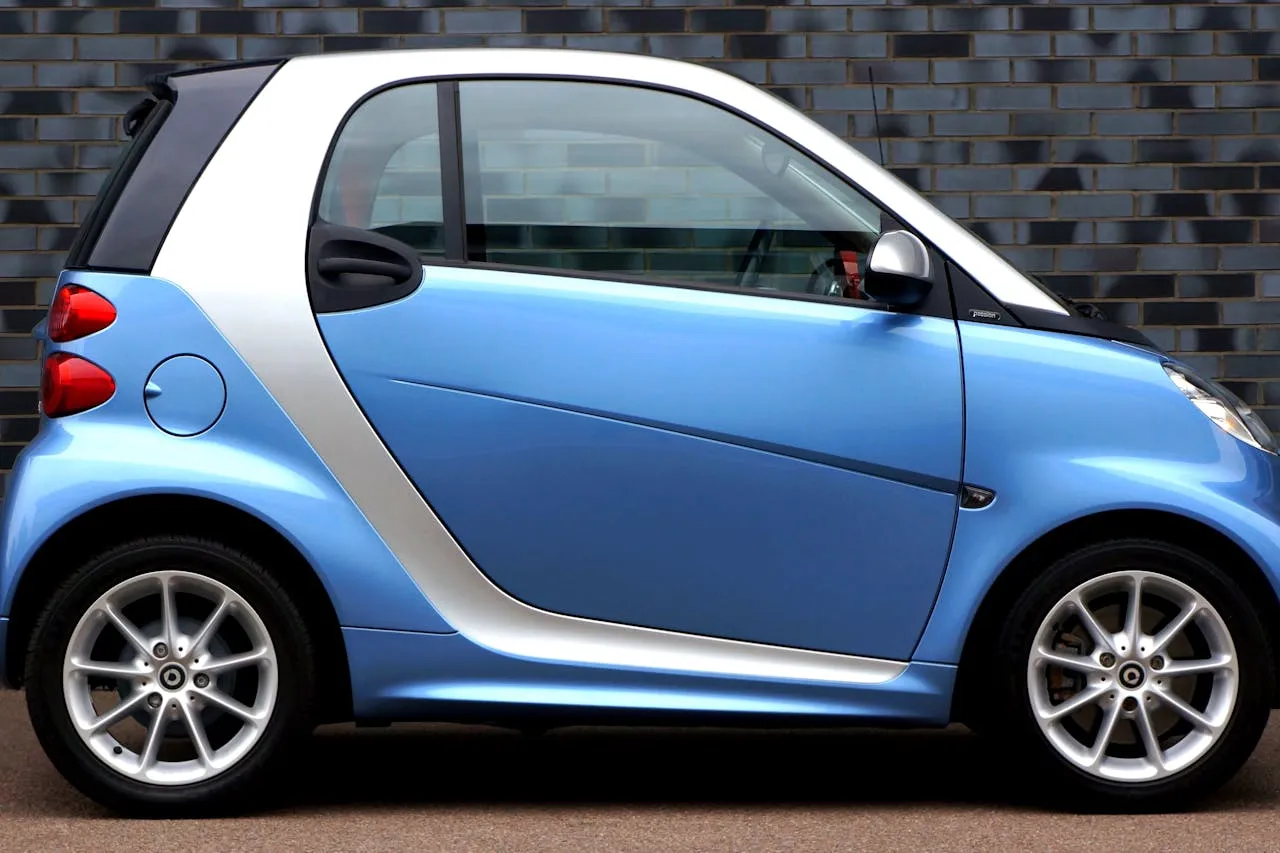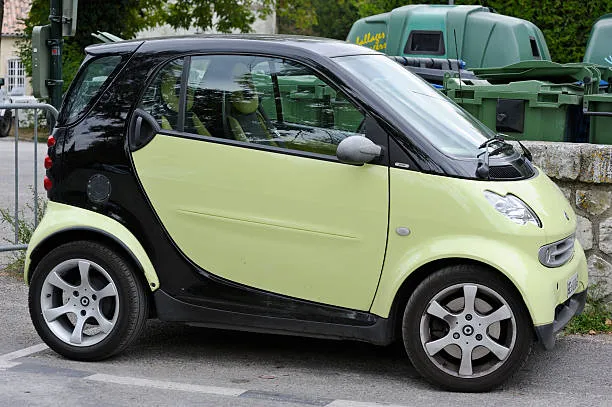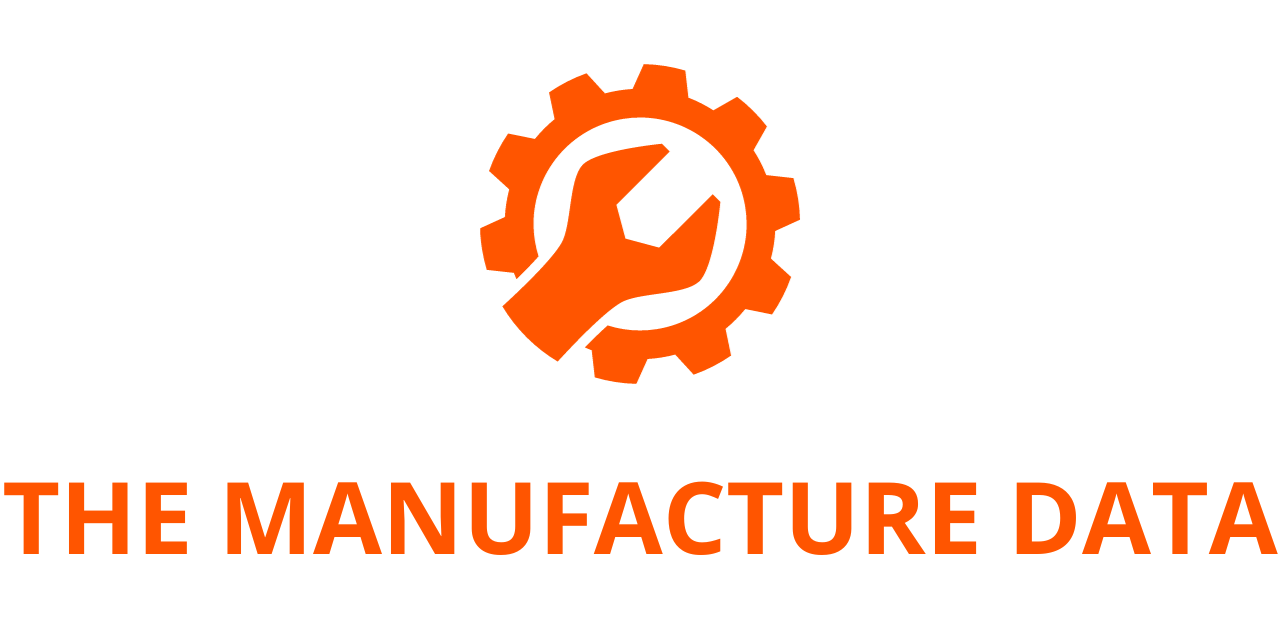
Smartcar’s 2025 Report Reveals a Significant Gap Between Drivers and Vehicle Connectivity Solutions
Smartcar has published its 2025 State of Connected Car Apps report, shedding light on a notable disconnect between drivers’ expectations and the current state of vehicle connectivity. The findings highlight the growing demand for vehicle-related digital solutions while revealing that a substantial portion of drivers remain unaware of or disconnected from available connected car technologies. As the automotive industry advances towards Smartcar, more integrated mobility solutions, understanding these gaps is crucial for automakers and third-party developers aiming to enhance driver experiences and increase adoption of connected services.
Key Insights from the Report
Smartcar’s study surveyed over 1,000 drivers across the United States and Europe to gauge their familiarity with automaker-connected services, the features they find most valuable, and their attitudes toward vehicle data sharing. The Smartcar research uncovered several key trends that underscore the opportunities and challenges for automakers and service providers in the connected car space.
Low Adoption of Connected Services
One of the most striking findings of the report is the low penetration of automaker-connected services. A significant 76% of drivers are not subscribed to their vehicle manufacturer’s connectivity solutions, indicating either a lack of awareness or perceived value in these services. Despite this, drivers who do use these services express strong interest in enhanced features, with 67% of connected services users indicating a willingness to pay a premium for additional functionality.
This gap highlights an urgent need for automakers to educate consumers about the benefits of connected services and develop more compelling offerings. Many drivers are either unaware of their vehicle’s built-in connectivity options or find them too limited to justify ongoing subscription costs.

Preference for Third-Party Apps
Rather than relying on automaker-provided solutions, a growing number of drivers are turning to third-party applications for vehicle-related services. According to the report, 56% of drivers use independent apps to manage essential vehicle-related tasks, such as insurance, maintenance, roadside assistance, and electric vehicle (EV) charging. This Smartcar trend suggests that third-party apps are successfully addressing gaps in convenience, cost-effectiveness, and feature availability that automaker-connected services have yet to fill.
For automakers, this preference for third-party solutions represents both a challenge and an opportunity. While it suggests a competitive landscape in the connected car ecosystem, it also highlights the potential for collaboration with app developers to integrate and improve services directly within vehicles.
Cost Remains a Major Barrier
A primary obstacle to the adoption of connected car services is cost. The report finds that 65% of respondents cite high prices as a reason for not subscribing to connected services or related applications. While drivers recognize the potential benefits of vehicle connectivity, many are unwilling to pay premium prices for features they view as non-essential or insufficiently valuable.
To drive broader adoption, automakers and service providers may need to explore new pricing models, such as tiered subscriptions, bundled services, or pay-per-use options. Additionally, demonstrating tangible benefits—such as cost savings, enhanced safety, and improved convenience—could make connected services more Smartcar appealing to price-sensitive consumers.
The Future of Vehicle Connectivity: Opportunities for Growth
Despite the challenges outlined in the report, the findings suggest an increasing openness to vehicle connectivity. As drivers become more familiar with digital mobility solutions, automakers and third-party developers have an opportunity to bridge the existing gap and build greater trust in connected car technology.
Transparency and Trust Are Key to Adoption
One of the most encouraging signs from the report is the willingness of drivers to share vehicle data—provided they understand how it benefits them. 55% of respondents expressed openness to sharing their vehicle data if they received clear and transparent information about its usage.
This underscores the importance of trust in the connected car ecosystem. To encourage wider adoption, automakers and service providers must prioritize data security, provide clear explanations of how driver data is used, and ensure that consumers have control over their information.
Auto Insurance as a Leading Use Case
Among the various applications of connected vehicle data, auto insurance stands out as a particularly valuable use case. The report reveals that 43% of drivers identify insurance as the most beneficial application of vehicle data, citing the potential for more personalized and cost-effective policies.
Usage-based insurance (UBI) models, which adjust premiums based on driving behavior and real-time vehicle data, are becoming increasingly popular. While privacy concerns persist, only 22% of drivers are completely unwilling to share data for the purpose of obtaining personalized insurance rates. This suggests a growing acceptance of data-sharing arrangements when they result in tangible financial benefits for drivers.
The Role of Automakers and Mobility Businesses
As the automotive industry continues to evolve, collaboration between automakers and mobility-focused businesses will be essential in closing the gap between drivers and connected vehicle solutions. Partnerships with third-party developers, insurers, and service providers can help deliver more Smartcar, integrated, and user-friendly experiences that align with driver expectations.
According to Sahas Katta, CEO and co-founder of Smartcar, “Our findings emphasize how collaboration between automakers and mobility businesses leads to more innovation that meets driver expectations. By working together to address the pain points surfaced in this report, the automotive industry can help drivers maximize connected car technology for safer, more affordable, and sustainable mobility.”
The 2025 State of Connected Car Apps report provides valuable insights into the evolving landscape of vehicle connectivity. While many drivers remain disconnected from automaker-provided connected services, the demand for digital vehicle solutions is evident. Cost concerns, a preference for third-party apps, and the need for greater transparency in data usage all contribute to the current adoption gap.
However, with the right strategies—such as improved consumer education, enhanced service offerings, transparent data policies, and competitive pricing models—automakers and mobility businesses can bridge this divide. As connectivity becomes an Smartcar increasingly integral part of modern mobility, those who prioritize user-centric solutions and foster trust with drivers will be best positioned to lead the future of connected car technology.




